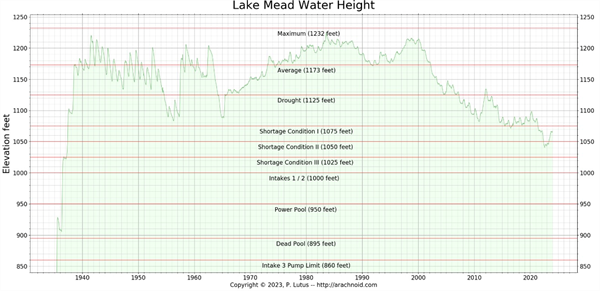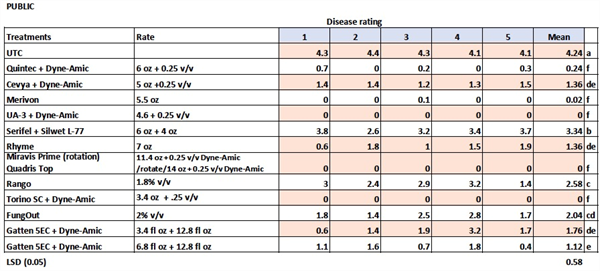-
Jun 1, 2022Pay Attention To Summer Insect ActivityHistorically, our Areawide Pheromone and Sticky Trap monitoring for insects was terminated around the first of April as the produce season ended. Beginning 2 years ago however, we continued our Areawide Trapping Network throughout the summer to collect trapping data from all 16 areawide trap locations year-round. So why is this additional trapping data useful? For several reasons. First, understanding the activity of some of our key pests when produce is not grown during the summer may give us an indication of what to expect as the fall produce season begins. This may be particularly helpful for predicting moth flights and whitefly flights in August-September coinciding with early transplanting and direct seeded crops. Another example is keeping track of corn earworm which can unexpectedly show up near the beginning of fall harvests. Secondly, trapping for pests during the summer has shown us that 2 of our more important produce pests are not caught in traps during the summer. We presume this is due to the absence of brassica crops and weeds for diamondback moth, and high daytime/nighttime temperatures lethal to aphids. The fact that trap catches resume in the fall supports our conclusion that these pests are absent in the summer, only to reenter the desert via winds and/or transplants in the fall. And finally, it gives me something to do in the summer. So, visit the Areawide Summer Trap Network if you’re curious what our key pests are up to. We also continue to monitor thrips activity during the summer. This involves plant sampling using a dislodgement sampling method (beat pan) to determine the relative abundance of thrips adults and larvae on alfalfa, cotton, melons, wheat, Sudan grass, and weeds. This is being conducted to supplement our yellow sticky trap data that only indicates thrips adult flight movement an area. With this plant sampling we should be able to determine the primary host plants thrips are colonizing in the cropping season during the long hot summer. We are also trying to determine whether these crops allow for the reproduction of thrips. So far, all the crops and weeds we have sampled have shown that thrips will reproduce and complete their life cycle on them. This is important, particularly for weeds, as we are trying to determine whether INSV can be survive the summer in the absence of lettuce. It is also important because it allows us to determine potential exposure of thrips to key insecticides like Radiant and Lannate for resistance management purposes. These crops essentially serve as untreated refugia that likely sustains insecticide susceptibility and is the reason these products are still effective against thrips. We will be conducting this work throughout the summer, as well as through next produce season. We will periodically provide updates of these thrips monitoring results throughout the summer. As my dad used to say, “to solve the problem, you must first understand the problem”.To contact John Palumbo go to: jpalumbo@ag.Arizona.edu










